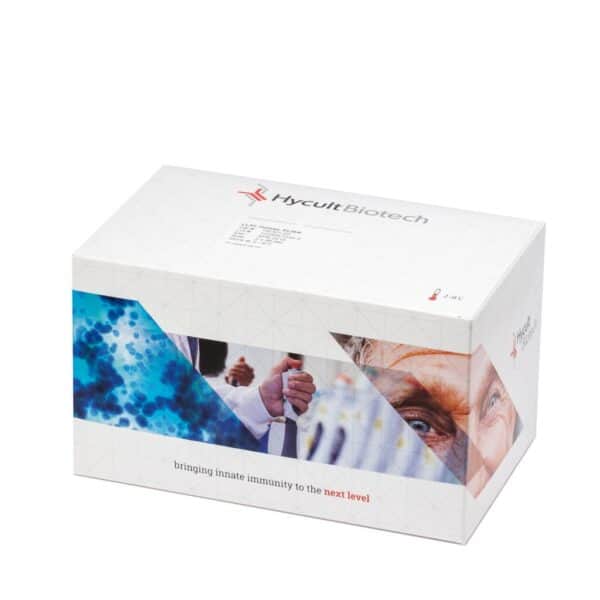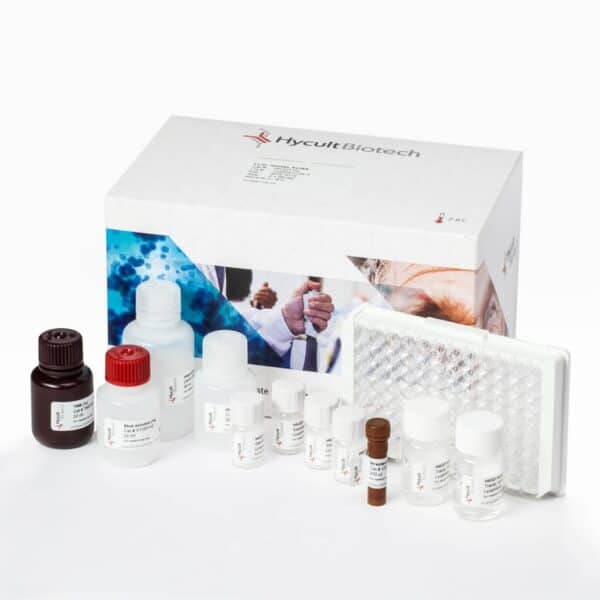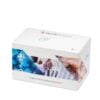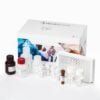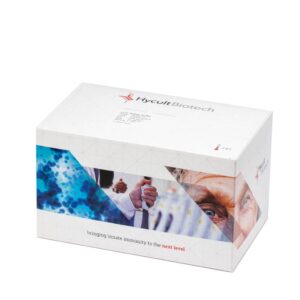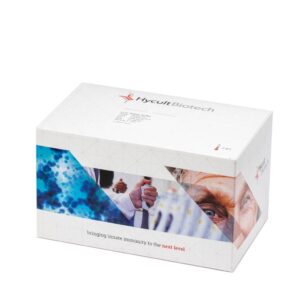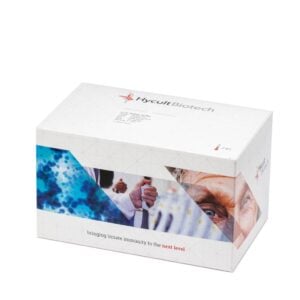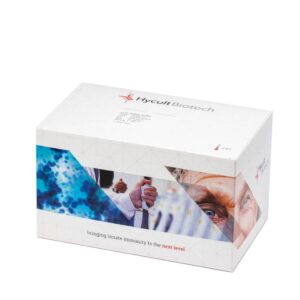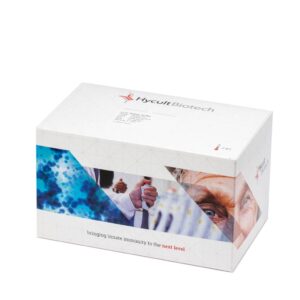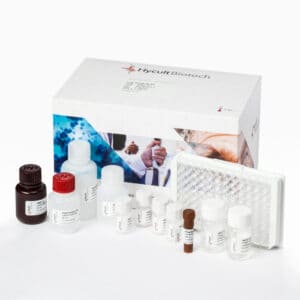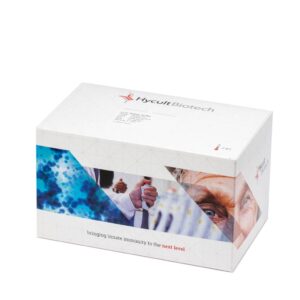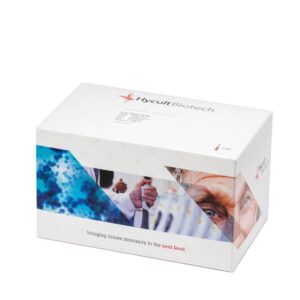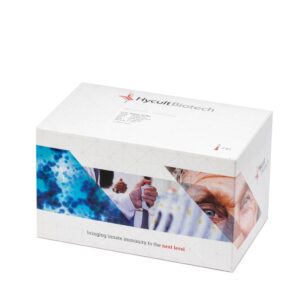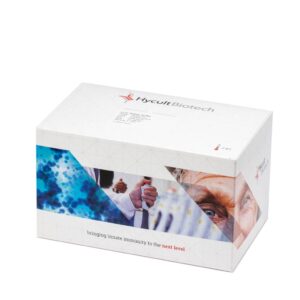SAA, Human, ELISA kit
The human SAA ELISA kit is to be used for the in vitro quantitative determination of human
Serum Amyloid A-1 in serum, plasma, and urine samples.
€756.00 – €1,223.00
Serum Amyloid A (SAA) is the circulating precursor of amyloid A protein. In humans, four SAA genes have been described. Two genes (SAA1 and SAA2) encode acute phase SAA (A-SAA). SAA3 is a pseudogene from which no mRNA or protein product has been identified. SAA4 encodes constitutive SAA (C-SAA).
SAA is 20 kDa in size, 12.5 kDa under denaturing conditions. The liver is the primary site of synthesis of SAA. Extra-hepatic production has been demonstrated in macrophages, endothelial cells, epithelial cells, artherosclerotic lesions, tumors and synovial tissue. SAA-1 is the major isoform of SAA in plasma. SAA-1 levels in serum/plasma of healthy individuals range from 1-5 µg/ml.
SAA has a number of immunomodulatory roles, it can induce chemotaxis and adhesion molecule expression, has cytokine-like properties and can promote the upregulation of metalloproteinases. It enhances the binding of high-density lipoprotein to macrophages and thus assists in the delivery of lipids to sites of injury for use in tissue repair. It is thus thought to be an integral part of the disease processes. In addition, SAA is involved in cholesterol transport and metabolism.
SAA is an acute phase reactant and has been found to be elevated in many inflammatory states. The best known indicator of inflammation is C-reactive protein (CRP). However, SAA rises earlier and more sharply than CRP. In contrast to CRP, SAA presents the same trend in viral as well as bacterial infections. SAA increases dramatically during acute inflammation and may reach levels 1000-fold higher than normal.
Furthermore, SAA is an early indicator for transplant rejection, a possible marker for tumor activity and clinically useful in- bacterial and viral infection. Elevated levels of SAA over time predispose to secondary amyloidosis, extracellular accumulation of amyloid fibrils, derived from a circulating precursor, in various tissues and organs. The most common form of amyloidosis occurs secondary to chronic inflammatory disease, particularly rheumatoid arthritis. The human SAA ELISA can be used for the measurement of SAA-1, the major isoform of SAA in plasma.
